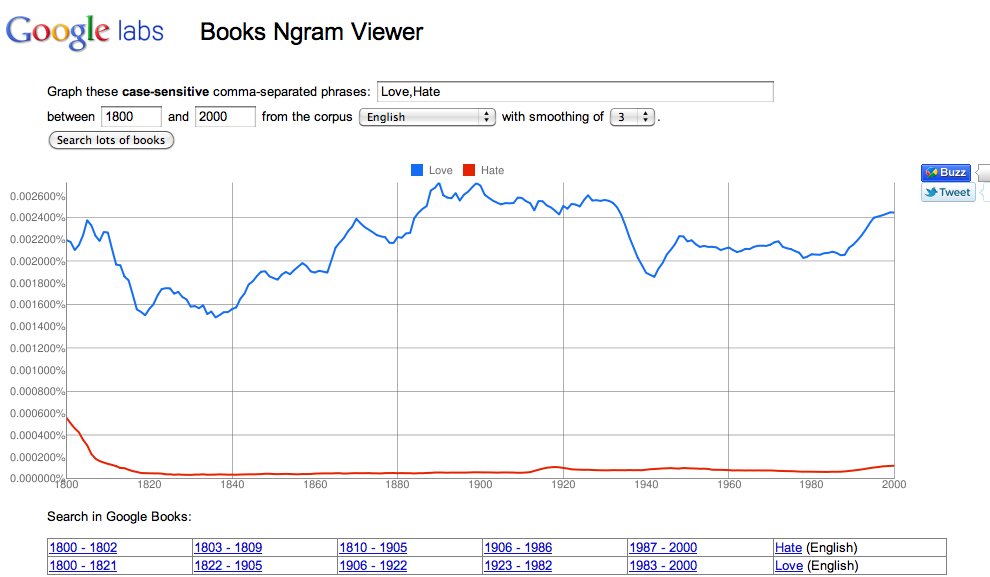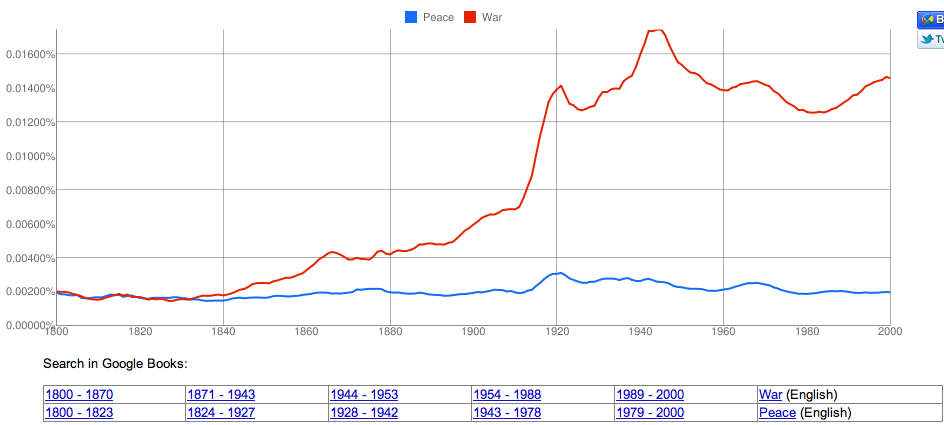 It’s 7:30 pm on the night before my Thursday blog post. I have a subject I’m dying to write about. However, because I want to do it well, I’m not going to write about it tonight (I’m tired and I want to watch Modern Family). Which is not to say, don’t waste your time on this post. Give me a minute, I’ll think of something.
It’s 7:30 pm on the night before my Thursday blog post. I have a subject I’m dying to write about. However, because I want to do it well, I’m not going to write about it tonight (I’m tired and I want to watch Modern Family). Which is not to say, don’t waste your time on this post. Give me a minute, I’ll think of something.
Pondering, pondering, pondering…sigh!
So, occasionally, I receive emails from my spouse with the subject line, “Awesome Blog Idea!” or “Must Blog About!” And while I appreciate his support, I struggle to understand how he envisions a list of innovative products from the past decade or an article about the dollar bill, fitting into my overall theme of searching for meaning?
What was he thinking?
However, tonight I’m desperate. Which brings me to his latest “Awesome” idea: The Google Books Ngram Viewer.
What is this Google Books Ngram Viewer? Well if I understand correctly, Google has set up a database of 500 billion words from 5.2 million books in Chinese, English, French, German, Russian, and Spanish. According to Jon Orwant, from the Google Books team, “The Ngram Viewer lets you graph and compare phrases from these datasets over time, showing how their usage has waxed and waned over the years.”
Admittedly, when I opened my spouse’s latest email, subject line: “You MUST blog about this!”, I cringed when I saw an image of a graph looming before me. But, just for fun, I clicked on the image and was immediately directed to a webpage where I could make my own graph. Humm, the Ngram Viewer searches for words… So, I typed in Love and Hate.
I’m not really sure what the percentages at the side mean, but visually it’s clear there’s a lot more Love (the blue line) than Hate (the red line). Which, I guess, means that Love has been used far more often than Hate in books. And, come to think of it—that is awesome!
On that high, I typed in Peace and War.
Interesting… In the early 1800’s Peace and War were used about the same percentage. But, as you can see, the use of the word War began to rise after 1840 and then rather dramatically beginning in the 1900’s, while Peace remain virtually unchanged.
Visually, it’s a bit of a downer. However, when you consider that WWI began in 1914, it’s no surprise War shows up more often. Still, it would have been nice to see the use of Peace increase.
What’s the meaning in all this? I think I’ll stick with Love and Hate and take it as a good sign for humanity. As for War and Peace… I can only imagine how it would affect the world if people chose to write about Peace more often than War.
Check out theThe Google Books Ngram Viewer and then send me your own graphs.









Sure hope to see a negative slope on the term ‘war’ from 2000 to 2010 and a positive slope on the term, concept, and aspiration for peace.